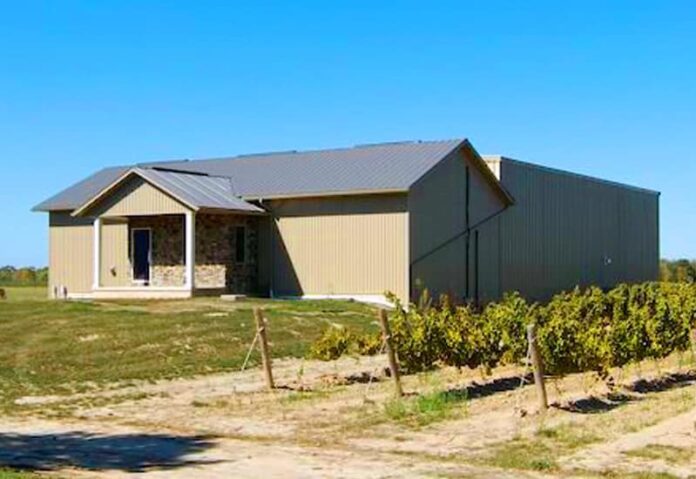An agricultural building is essential for any farming operation, providing storage, shelter, and workspace for equipment, livestock, and crops. When designing a custom agricultural building, there are several factors to consider to ensure optimal functionality. This article discusses some of these factors, specifically related to designing stainless steel agricultural buildings.
Material Selection
One of the most critical factors in designing an agricultural building is the selection of suitable materials. Stainless steel is a popular choice for agricultural buildings due to its durability and resistance to corrosion. It is also easy to maintain and clean, making it ideal for use in an agricultural environment.
When selecting stainless steel for your agricultural building, it is essential to consider the grade and finish of the material. The grade of stainless steel determines its resistance to corrosion and other forms of degradation.
Grades 304 and 316 are the most commonly used grades for agricultural buildings, with grade 316 being the most corrosion-resistant. The finish of the material also plays a role in its corrosion resistance. A polished or brushed finish is recommended for optimal durability.
Structural Design
The structural design of an agricultural building is crucial to ensure its stability and longevity. The design should take into account the load requirements of the building, including the weight of equipment, crops, and livestock. The facility should also be designed to withstand environmental factors such as wind, rain, and snow.
When designing a custom stainless steel agricultural building, it is recommended to work with an experienced engineer who can ensure the structural design meets local building codes and standards. The engineer can also help optimize the design for efficiency and cost-effectiveness.
Ventilation and Insulation
Proper ventilation and insulation are essential for maintaining a healthy environment for livestock and crops. Adequate ventilation helps control temperature, humidity, and air quality, while insulation helps regulate temperature and reduce energy costs.
When designing an agricultural building, it is essential to consider the ventilation and insulation requirements based on the intended use of the building. For example, a dairy barn may require more ventilation than a storage shed for crops. Similarly, a building used for crop storage may need more insulation than a livestock barn.
Doors and Windows
Doors and windows play a crucial role in the functionality of an agricultural building. They provide access to the building and allow for natural light and ventilation. When designing a custom agricultural building, it is essential to consider the type and placement of doors and windows.
For example, sliding doors are a popular choice for agricultural buildings as they are easy to operate and provide a wide opening for equipment and livestock. Windows can be placed strategically to maximize natural light and ventilation while minimizing heat loss or gain.
Cost Considerations
When designing a custom agricultural building, it is essential to consider the cost of construction, as well as the long-term maintenance and upkeep costs. Stainless steel is highly durable, but it may require a higher initial investment than other building materials. However, the long-term cost savings due to reduced maintenance and repairs may outweigh the initial investment.
In addition to material costs, it is crucial to consider the cost of labor, permits, and other associated costs. Working with an experienced contractor or design-build firm can help optimize the design for cost-effectiveness and efficiency.
Designing custom stainless steel agricultural buildings requires careful consideration of several factors, including material selection, structural design, ventilation and insulation, doors and windows, and cost considerations. By taking these factors into account, you can ensure that your agricultural building meets the functional and budgetary requirements of your farming operation.


